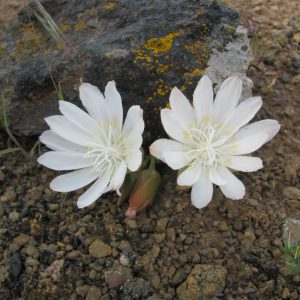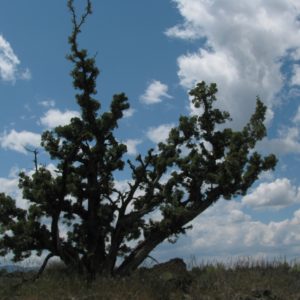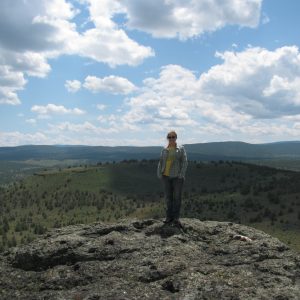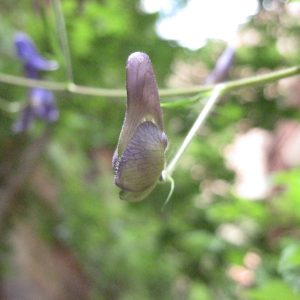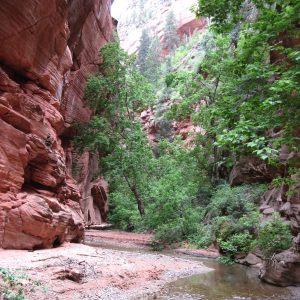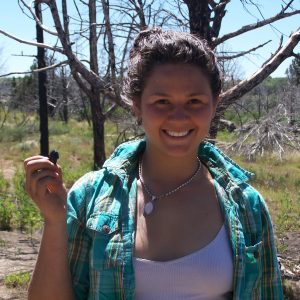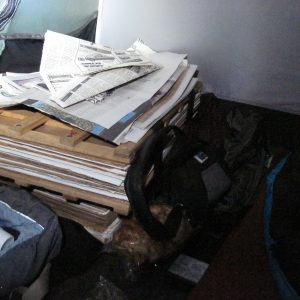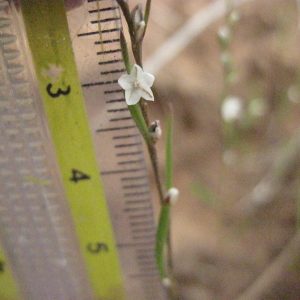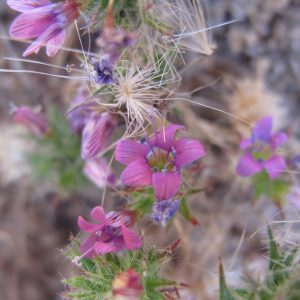 I am now more than half way through my Wildlife internship in Lewistown, MT and things keep getting better and better. The weather has become agreeable to field work and I have had the opportunity to attend some wonderful training and networking events.
I am now more than half way through my Wildlife internship in Lewistown, MT and things keep getting better and better. The weather has become agreeable to field work and I have had the opportunity to attend some wonderful training and networking events.
 Having opted out of the CBG intern orientation last month my travel funds were freed up for me to pursue wildlife-specified training. Just last week I attended a mammal tracking course in Yellowstone National Park with renowned tracker and scientist Jim Halfpenny, who specializes in wolf and bear research. As if you need an excuse to enjoy your time in Yellowstone, I cannot think of more interesting subject matter than learning to identify the footprints and gaits of its most charismatic residents. By meticulously searching along muddy riverbanks and flood plains my two classmates and I learned to read the stories that tracks leave- interpreting the size, speed, direction and behavior of an animal. For example, we followed the trail of what we determined to be a young female wolf as she ambled along the riverbank and gathered clues to determine why she slowed down, sped up, stopped or looked around that morning. We also measured and took plaster casts of the best preserved footprints and I cherish my souvenir wolf, elk and grizzly prints.
Having opted out of the CBG intern orientation last month my travel funds were freed up for me to pursue wildlife-specified training. Just last week I attended a mammal tracking course in Yellowstone National Park with renowned tracker and scientist Jim Halfpenny, who specializes in wolf and bear research. As if you need an excuse to enjoy your time in Yellowstone, I cannot think of more interesting subject matter than learning to identify the footprints and gaits of its most charismatic residents. By meticulously searching along muddy riverbanks and flood plains my two classmates and I learned to read the stories that tracks leave- interpreting the size, speed, direction and behavior of an animal. For example, we followed the trail of what we determined to be a young female wolf as she ambled along the riverbank and gathered clues to determine why she slowed down, sped up, stopped or looked around that morning. We also measured and took plaster casts of the best preserved footprints and I cherish my souvenir wolf, elk and grizzly prints.
Although standing in the same spot where a wolf had been hours earlier gave me a near-spiritual chill, there has been no lack of controversy regarding their reintroduction and management in the West. Some people dedicate their lives and careers protecting them while others want them all exterminated- how are such polarized opinions possible?
It was while I was helping a colleague with a plant restoration project that I was given insight into the psychology of preservation. Although an advocate for endangered animals, I found myself at a loss when trying to muster the same enthusiasm for the plight of plant species. There was an upcoming botanical meeting where they would be searching for a rare plant, and I was excitedly invited along. “It will be really neat” they said, “there are only a few square miles in the whole world where these are found!” But this rare plant had no known medicinal value, nor was it especially colorful or pleasant-smelling or have any other stand-out characteristics. The poor thing was small, twiggy, and brown. I found myself forcing a polite smile and thinking to myself “what’s the big deal” and instantly realizing that I had seen the same polite smile before, and that I was having the same response most do to endangered wildlife. I now understand where they are coming from, and how my compulsion to keep species from going extinct is not shared by everyone.
I began examining my own motivations and asking what the purpose of it all was; what is the point? Surely there must be some logical reason why people work so hard to preserve endangered species. In the end, I decided that although we can try to use rational arguments (there may be medicines in there! it may cause the food web to collapse!) the heart of the matter cannot be produced or negotiated with. It is an ethical and emotional response that some people feel, a reluctance to lose any of the world’s hard-won and awe-inspiring diversity. The botanists and I share this feeling, and I am doing my best to never again become so entrenched in my position that I cannot see when our goals are same








